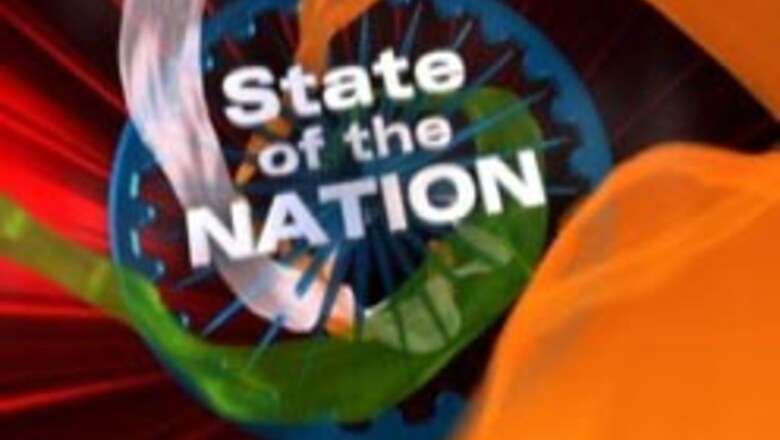
views
New Delhi: For a government besieged with mid-life crises and controversies – the Volcker report, the OBC reservation controversy, farmer suicides and inflation – here is some piece of good news.
If Lok Sabha elections were held in the first week of August, the UPA would manage a comfortable majority on its own. The UPA’s tally could cross 300 seats, from the meager 222 seats that it won in the 2004 Lok Sabha elections. These UPA’s gains come mainly at the expense of the BJP-led NDA coalition. The NDA’s seats would go from 189 to 120 if elections were held in August 2006 .
The UPA’s gains are almost entirely due to the Congress. Projected to get 240 seats, the Congress is still some way from getting a clear majority of its own. But the Congress party has never secured these many seats in any Lok Sabha election since 1984.
The BJP–currently in a state of disarray –may have hit its lowest in the last 17 years. The Left is likely to retain its current tally of about 60 seats, though it may not remain a pivotal player that it is today if the UPA secures a majority on its own.
These findings are based on The Hindu-CNN-IBN State of the Nation Survey carried out by the Centre for the Study of Developing Societies (CSDS). A total of 14,680 respondents spread across 883 villages and urban localities in 19 states (including Delhi) were interviewed at their residence from August 1 to 6 for the survey.
The survey also gives insights into the reasons for the UPA’s rise. The people are on balance satisfied with the Central government and think it is better than the NDA government. That is a definite advantage for the Government that did not begin with a popular mandate.
PAGE_BREAK
At the same time, more people think that the UPA Government has performed worse than they expected it to than otherwise. Besides, people feel that situation has worsened in the last two and a half years in key areas like corruption, national security, price rise and farmers’ plight. So, satisfaction with the government alone does not explain the rise of the UPA.
There are three things that seem to be working for the Congress. First, the popularity rating of Congress President Sonia Gandhi and Prime Minister Manmohan Singh, the two public faces of this government, is fairly robust and getting better.
The crisis of leadership within the BJP has meant that none of the BJP’s national leaders is in a position to occupy the space vacated by former PM A B Vajpayee. Secondly, there is a subtle but clear nation-wise shift in preference from regional parties to the national parties especially in the context of Lok Sabha elections. The Congress, and to a lesser extent the BJP, seems to be gaining from this across many states.
Thirdly, the cycle of incumbency happens to favour the Congress at this moment. The Congress does not control too many state governments. In Assam, Andhra Pradesh and Maharashtra it happens to be in a position to avoid popular resentment because the government is still in its first half.
The NDA, on the other hand, is at the receiving end of the logic of incumbency in states like Rajasthan, Madhya Pradesh, Chhattisgarh. Factional fights in Jharkhand and a bad alliance in Karnataka has swung things against the NDA. It is only in Bihar, Orissa and to some extent Gujarat that the NDA has escaped the voter’s fury. This peculiar combination of the advantage of incumbency and anti-incumbency can give the Congress unusually high electoral dividends at this moment.
PAGE_BREAK
Since the end of the ‘Congress system’ in 1989, the social space occupied by the party earlier was taken over by the ‘Third Front’. The Lok Sabha election of 2004 signaled a closure of this historical process. It appears that the Congress is beginning to regain some of the social ground it lost in the 1990s.
PAGE_BREAK
PAGE_BREAK




















Comments
0 comment